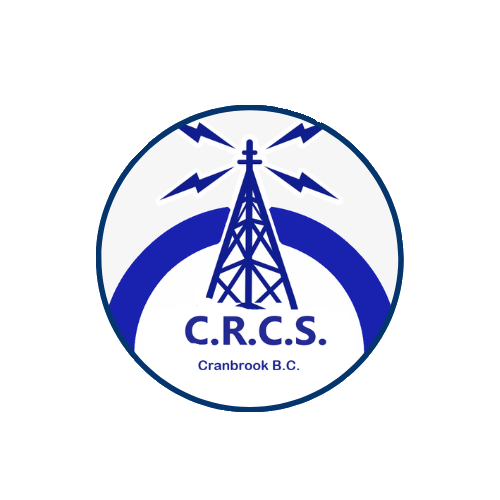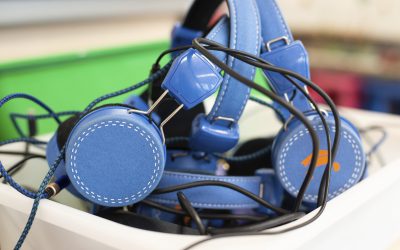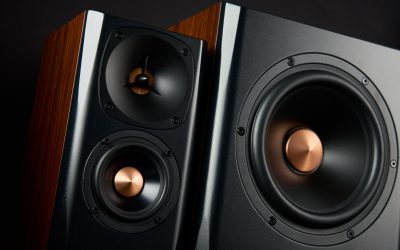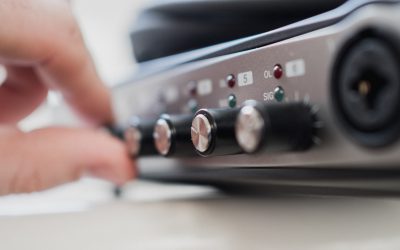In the world of amateur radio, few things are more frustrating than interference that degrades your signal or masks weak stations. Radio Frequency Interference (RFI) can come from inside your shack, from your own home electronics, or even from neighboring properties. Understanding how to approach noise troubleshooting effectively is key to maintaining reliable communication and protecting the performance of your station.
This guide will walk you through the process of noise troubleshooting, with a focus on how to isolate and fix RFI in your shack. Whether you’re an experienced ham or just getting started, these techniques will help you identify, track, and reduce unwanted noise sources.
What Is RFI?
RFI, or Radio Frequency Interference, refers to unwanted signals that interfere with the operation of your radio equipment. It can be man-made (electrical devices, lighting systems, power supplies) or natural (lightning, solar noise), though the most common types found in the shack are man-made.
RFI can manifest as:
- A steady buzz or hum
- Popping or crackling sounds
- Broadband noise across a range of frequencies
- Specific frequency spikes
Understanding the type and behavior of the noise is the first step in effective noise troubleshooting.
Common Sources of RFI
Identifying where RFI comes from often involves a bit of detective work. Common culprits include:
- Switching Power Supplies: Found in phone chargers, LED lights, and computer equipment.
- LED and CFL Bulbs: Many are poorly filtered and radiate broadband noise.
- Dimmer Switches: These can generate significant RFI when dimming loads.
- Wi-Fi Routers and Modems: Some produce harmonics that can affect HF reception.
- TVs and Monitors: Especially older or budget models with poor shielding.
- Electric Fences: Common in rural areas and notorious for generating popping sounds.
- Solar Panel Inverters: These can emit RFI on multiple bands, particularly HF.
- Cable TV or Telephone Lines: Especially when improperly grounded.
Step-by-Step Noise Troubleshooting Guide
1. Document the Interference
Start by making notes of:
- What band or frequency the noise appears on
- Time of day the noise occurs
- Whether it’s continuous or intermittent
- The sound or pattern (buzz, pulse, etc.)
Use your radio’s waterfall display or spectrum scope if available to visualize the interference.
2. Turn Everything Off
Shut off all power in your home at the main breaker. Then power your station from a battery (or UPS) and observe the noise floor.
If the interference disappears, you know it’s coming from your own property.
Next, turn circuits back on one at a time, noting when the noise reappears. This helps narrow the source down to a specific room or appliance.
3. Use a Portable Receiver
A handheld AM or shortwave receiver can help you track down the source.
- Tune to an empty frequency where the interference is audible.
- Walk around your home or property.
- Move the radio close to suspected devices. Noise will intensify near the source.
You can also use an HT (handheld transceiver) set to AM mode or with a wideband receive feature.
4. Check Common Offenders First
Focus on:
- LED lights and dimmer switches
- Phone chargers and computer power supplies
- Routers, modems, and network switches
- Heating systems (electric baseboards, heat pumps)
Unplug devices one at a time and listen for changes in the noise.
Pro Tip: Even when powered off, some devices emit RFI. Physically unplug them.
5. Isolate With Ferrite Beads
Once a noisy device is identified, you can often reduce RFI using:
- Ferrite beads or chokes on power cables, Ethernet lines, and coaxial cables
- Shielded cables to replace unshielded ones
- Line filters for AC power
Snap-on ferrite chokes (mix 31 or 43 for HF) are especially helpful and widely available.
6. Relocate or Replace Devices
Some RFI sources can’t be tamed—especially cheap switching power supplies. In such cases:
- Replace with higher-quality or linear power supplies
- Move noisy devices further from your shack
- Use grounded metal enclosures or shielding for noisy electronics
7. Use Common-Mode Chokes on Antennas
If RFI is being picked up by your antenna, reduce common-mode currents by:
- Installing a 1:1 current balun or choke at the feedpoint
- Adding another choke at the shack entry point
This helps block noise picked up along the outside of your coaxial cable.
8. Check Station Grounding
Proper grounding is important for safety and noise mitigation:
- Use a single-point ground system
- Bond all equipment together with braided copper strap
- Connect your station ground to a dedicated ground rod
Ground loops or floating grounds can exacerbate RFI issues.
9. Work With Neighbors
If the interference comes from a nearby home or farm:
- Politely discuss the issue with your neighbor
- Offer to help identify the source
- Suggest replacement equipment or offer ferrites
Be respectful—many people aren’t aware their devices cause interference.
Preventative Best Practices
To prevent future RFI issues:
- Choose equipment that complies with EMC standards
- Use shielded cables and connectors whenever possible
- Route antenna feedlines away from noisy household wiring
- Keep RF equipment and computers on separate circuits
- Avoid power strips with built-in surge protectors—they often contain RFI generators
Tools for Noise Troubleshooting
Here are some useful tools for tracking down interference:
- Handheld SW or AM radios
- SDR receivers with waterfall displays (like SDRplay or Airspy)
- Antenna analyzers with noise bridge functions
- Portable spectrum analyzers (for advanced users)
Document your findings and patterns over time. RFI can vary with weather, load changes, or even what channel the TV is on.
When to Call for Help
If your troubleshooting doesn’t lead to a solution:
- Ask for help at your local club (CRCS is always here to assist)
- Contact Industry Canada (or your country’s equivalent authority) if the interference is severe and persistent
Don’t go it alone—sometimes a fresh set of ears and tools can help.
RFI can be one of the most frustrating aspects of amateur radio, but with a systematic approach and the right tools, it’s a challenge you can overcome. From isolating internal sources to managing external interference, noise troubleshooting is as much a skill as any other part of the hobby.




